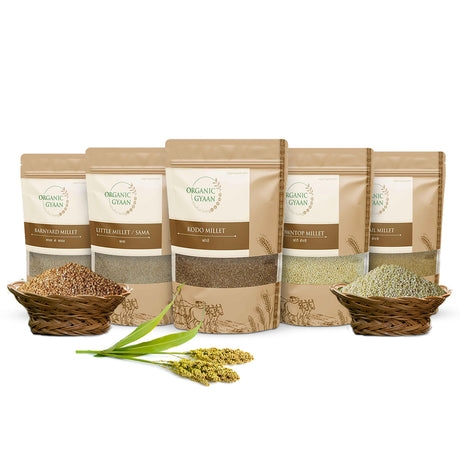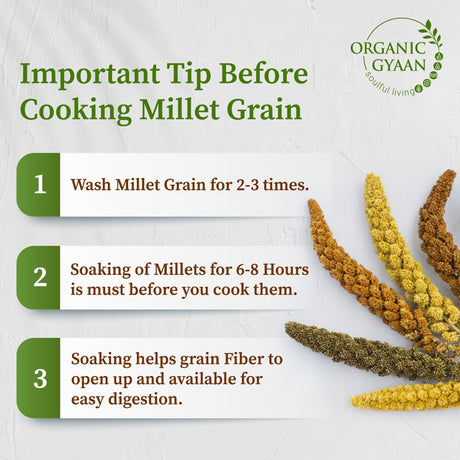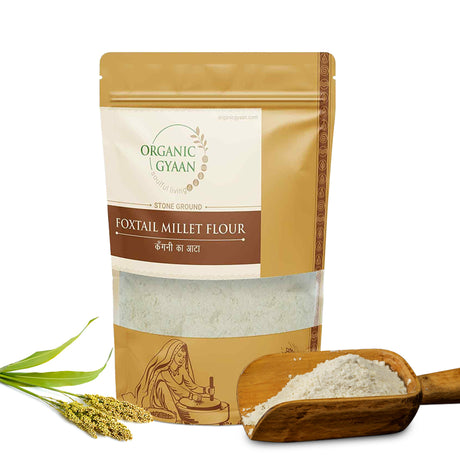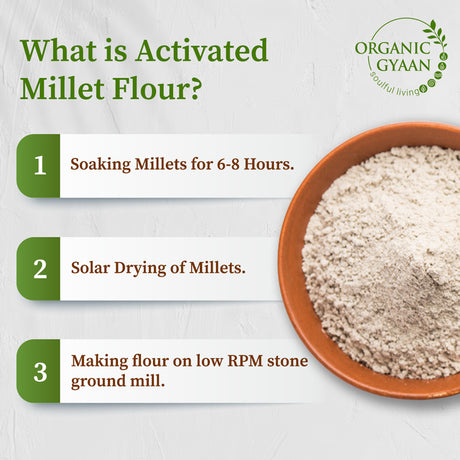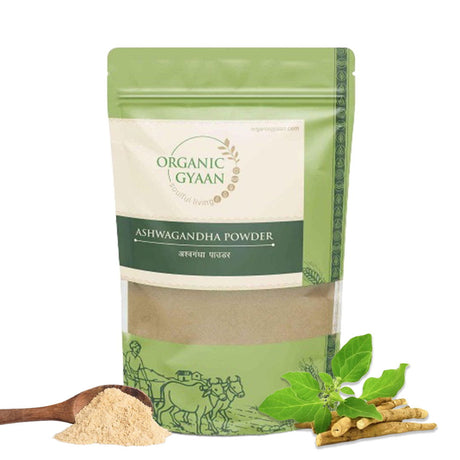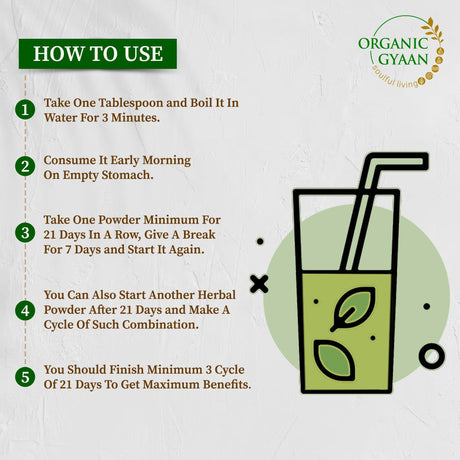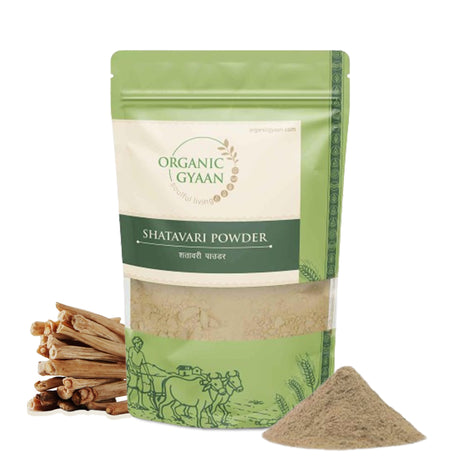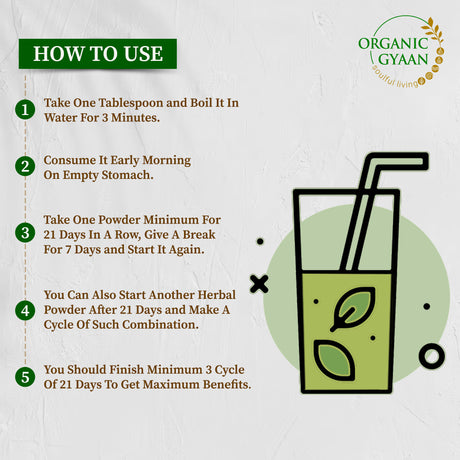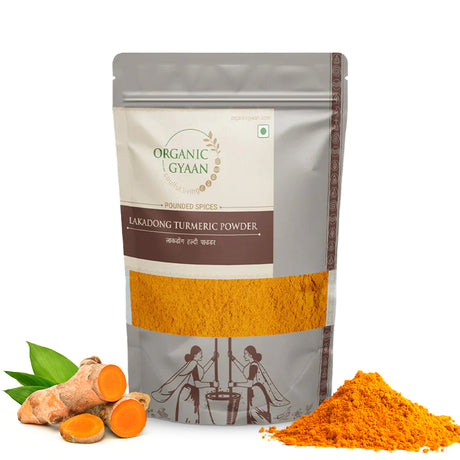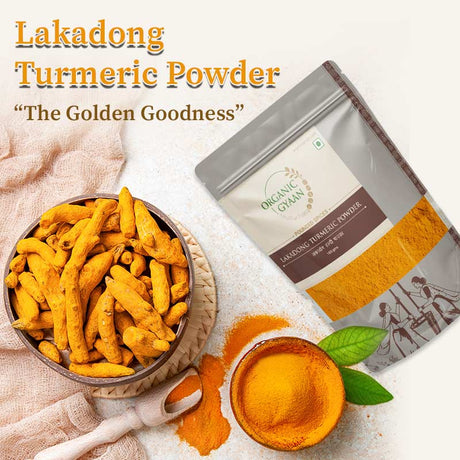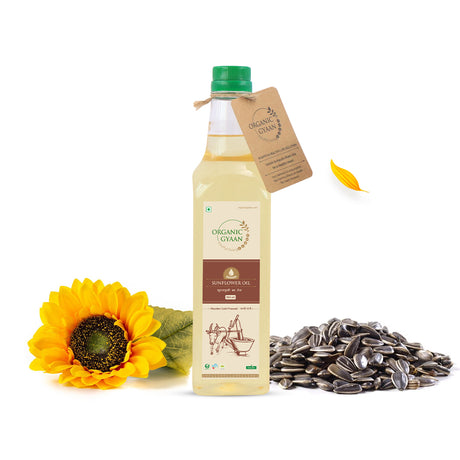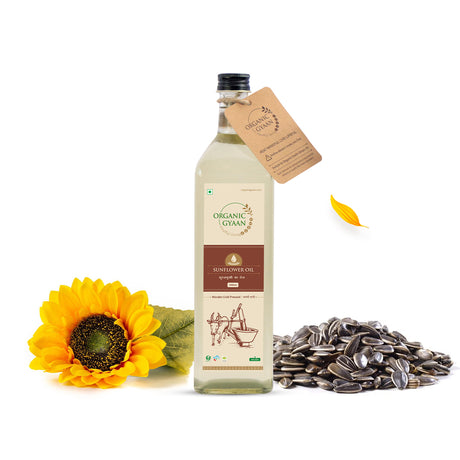Imagine if one bowl of breakfast oatmeal could help lower your “bad” cholesterol by a few percent. In fact, research shows certain foods and eating habits can make real changes in your cholesterol numbers.
If you are wondering how to lower cholesterol, you’re in the right place. In this blog you will learn how to raise your “good” cholesterol, reduce your “bad” cholesterol, and discover foods that lower cholesterol, along with practical, vegetarian‑friendly tips you can start today.
Here’s what you’ll gain:
- A clear understanding of cholesterol and why lowering it matters
- Practical steps on how to reduce cholesterol through food and lifestyle
- A list of powerful vegetarian foods that lower cholesterol
- Smart habits and swaps to make your eating heart‑friendly
Let’s begin.
What Is Cholesterol and Why Should You Care?
Cholesterol is a waxy substance in your blood. Your body needs some to build cells and make hormones, but too much of the wrong kind (LDL) can raise your risk of heart disease. Meanwhile, HDL is the “good” cholesterol, which helps remove LDL from your blood.
Diet and lifestyle play an important role-studies suggest your food choices affect about 20‑30% of your cholesterol, with genetics and other factors covering the rest.
So, focusing on how to lower cholesterol means:
- Lowering LDL (bad) cholesterol
- Raising or preserving HDL (good) cholesterol
- Improving overall blood fats (lipids)
With the right foods and habits, you can tilt things in your favour.
Smart Eating Habits to Lower Cholesterol
Here are detailed steps and vegetarian‑friendly ideas for you to follow.
1. Cut Down on Saturated and Trans Fats
Unhealthy fats are among the biggest triggers of high LDL cholesterol. Saturated fats come from full‑fat dairy, fatty cuts of meat, butter, ghee, and processed foods. Trans fats are in some baked goods and fried fast food.
What you can do:
- Replace butter (in large amounts) with A2 ghee and cold‑pressed oils like sunflower.
- Avoid industrial trans fats (check labels: “partially hydrogenated”).
- Choose foods with low saturated fat content-lean proteins, vegetarian options, and whole foods.
2. Add Plenty of Soluble Fiber
Soluble fiber binds to cholesterol in your digestive system and helps remove it from your body. It’s a key tool when you’re learning foods that lower cholesterol.
Where to find it:
- Oats, barley, brown rice
- Beans and lentils
- Fruits like apples, pears, and citrus
- Vegetables like okra, eggplant, and leafy greens
Goal: Try for 10–25 grams of soluble fiber each day.
3. Choose Healthy Fats and Plant Proteins
Healthy fats and plant‑based proteins support your heart and cholesterol balance. Think less animal fat, more plants.
Vegetarian‑friendly choices:
- Nuts and seeds (almonds, walnuts, flaxseeds)
- Avocado (rich in monounsaturated fats)
- Legumes and pulses for protein instead of heavy meat meals
4. Include Specific Vegetarian Foods That Lower Cholesterol
Here are some of the best foods that lower cholesterol, especially in a veggie‑based diet:
- Oats & millets: Regular oatmeal or barley meals help lower LDL.
- Beans and lentils: High in fiber and plant protein, good for both cholesterol and digestion.
- Nuts: Almonds, walnuts-help reduce LDL by a few percent when eaten regularly.
- Vegetable oils (unsaturated): Cold pressed oil, replace bad fats and support your lipid profile.
- Fruits & vegetables: Apples, citrus, leafy greens-they add fiber and plant compounds that support cholesterol health.
5. Build Balanced Meals and Healthy Eating Habits
Smart eating isn’t just what you pick-it’s how you eat. For example:
- Fill half your plate with vegetables or salad.
- A quarter with whole grains or pulses (millets, beans).
- A quarter with a good vegetarian protein (tofu, legumes).
- Use a spoon of healthy fat (cold‑pressed oil or moderate A2 ghee) for absorption and flavour.
- Eat regularly-don’t skip meals or rely on processed snacks.
6. Pair Food with Lifestyle for Best Results
Your diet works best when supported by lifestyle habits. For how to reduce cholesterol, consider:
- Movement: 20‑30 minute daily walk or other moderate exercise helps your body manage fats better.
- Sleep & stress: Poor sleep and high stress increase cholesterol and other risk factors.
- Hydration: Good water intake supports your metabolism and digestion.
- Avoid smoking and limit alcohol: Both hurt your heart and raise bad cholesterol.
Common Pitfalls to Avoid
- Thinking one “super‑food” fixes everything. Cholesterol‑friendly eating is a pattern, not a one‑time switch.
- Going ultra low‑fat and removing healthy fats entirely-your body still needs good fats.
- Overeating “healthy” nuts or oils-calories count.
- Skipping checkups-always know your numbers (LDL, HDL, triglycerides) and track progress.
- Falling back into processed, sugary, deep‑fried foods-they undo your gains.
Daily Plan for Cholesterol Lowering
Here’s a practical example you could adapt:
- Breakfast: A bowl of oatmeal with berries and a sprinkle of almonds.
- Mid‑morning snack: A handful of walnuts or a piece of fruit like apple.
- Lunch: Millet (foxtail or kodo) roti, mixed vegetable curry, lentils, salad with olive oil.
- Afternoon snack: Carrot sticks or cucumber slices & hummus (chickpeas).
- Dinner: Stir‑fried veggies with tofu or paneer (in moderation), brown rice or barley, side of leafy greens.
- Evening habit: A 20‑minute walk, followed by herbal tea or warm water with lemon.
This plan uses many of the tips above-fiber, plant protein, healthy fats, whole grains-to support how to lower cholesterol naturally.
Conclusion
Lowering cholesterol doesn’t mean a life of deprivation-it means making better choices more often. Here’s what you should remember:
- Focus on lowering bad (LDL) cholesterol and improving good (HDL) cholesterol.
- Use a mix of habit, food selection, lifestyle and smart eating.
- Vegetarian options like oats, beans, nuts, millets and healthy oils are your allies.
- Small changes add up-start with one swap (like whole grain breakfast) and build from there.
Pick one food swap or habit change for this week. Maybe start your morning with oatmeal + berries instead of refined cereal. Then beat your own streak. Over time, your heart and body will thank you.

